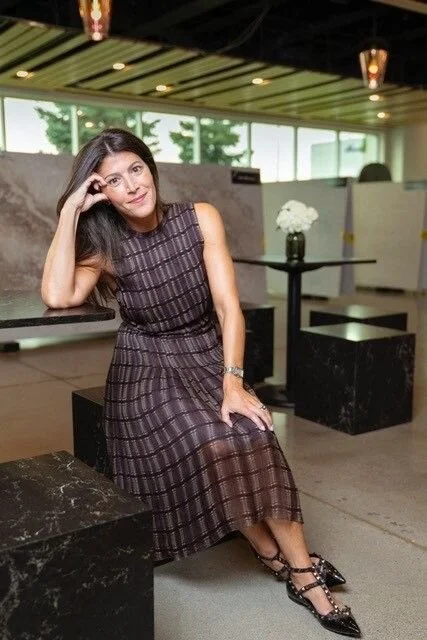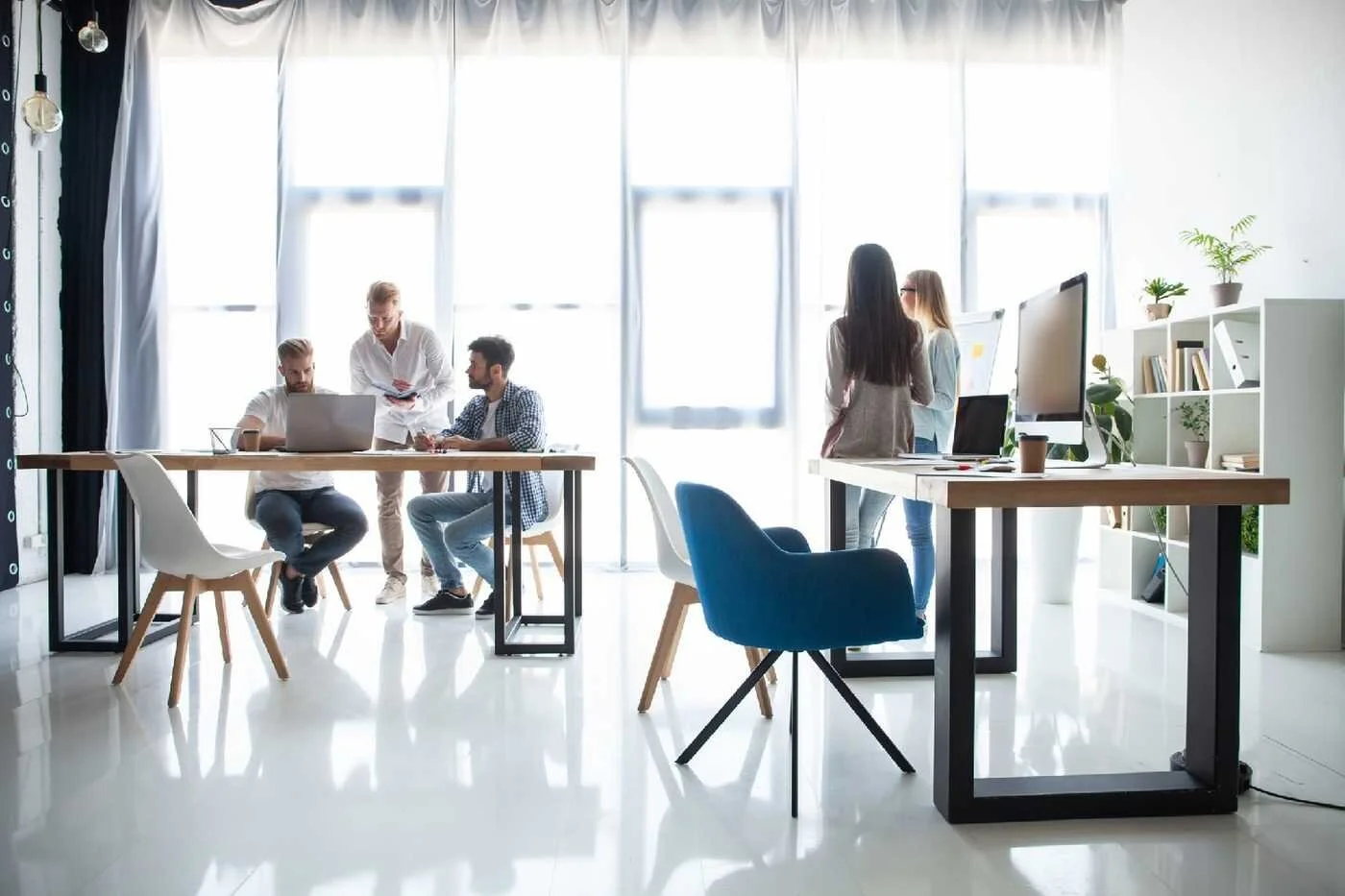Open offices have lost their luster, but the principles they embodied — places to interact spontaneously and an abundance of natural light and air — are still key elements of the next generation of offices.
Workers value comfort and functionality over quirky office design
Employees value physical office design features and amenities that offer them a greater deal of comfort and functionality in the workplace.
The Workplace Experience Revolution Part 2: Do New Workplaces Work?
Office design in the US now more closely aligned with needs of workers
The researchers argue that although the uptake of open-plan layouts remains controversial, business owners are in fact focusing primarily on the employees’ needs and wants first and foremost when they introduce new office design models and working cultures.
Workplace Design Guidelines For Employees With PTSD
ONE ARCHITECT’S RADICAL VISION TO REPLACE THE OPEN OFFICE
Under construction in Oklahoma, David Dewane’s ‘eudaimonia machine’ divides the workplace into strict zones; cleanse yourself with a shower before entering a deep-work chamber.
The Evolving Workplace: Nature And Community For Employee Wellbeing
Wellbeing: Core to 2020 Office Design Implications
The war for talent. Digital transformation. Sustainability. Three macro forces are driving dramatic change in the workplace evidenced by design implications for the coming year.
How to Design a Workspace That Improves Productivity
Supporting Agile at Bosch Software Innovations
Steelcase Applied Research + Consulting collaborates with Bosch Software Innovations to imagine a workplace that supports agile work.
Q+A: Leesman Index's Peggie Rothe on Open Plan Offices' Bad Reputation
The think tank's largest post-occupancy study of new and refurbished workplaces shows that open plans and flexible workstations might be underestimated.
Gen Z Workers Don’t Find Open Offices Productive
Gen Z workers are competitive, independent and drawn to private workspaces rather than the open office layouts that have recently grown in popularity, and value in-person communication via breakout rooms.
Workplace Engagement Starts With an Experiential Workplace Culture
A principal change in the American workplace over the past decade is the realization that the environment in which one works is nearly as important as the job itself.
What Can Office Space Learn From the Death and Rebirth of the Mall?
The importance of bringing people together and concentrating services into a central, publicly accessible location applies beyond just retail.
The over-simplification of office design
How homey can an office be? Recent trends in workplace planning are attempting to answer that question by injecting experiential services,
Do new workplaces work?
Peggie Rothe, development director at Leesman, questions if change in the office really is for the better.
Finding Focus
Designing For Neurodiversity And Inclusion
Inspiring Workplace Transformation
In the midst of social change, organizations are rethinking traditional business models to drive workplace change through employee engagement.
Why do workers like open offices?
Could there be anything less surprising in the built environment media world than another article pointing out the flaws of the open office workplace layout?

























